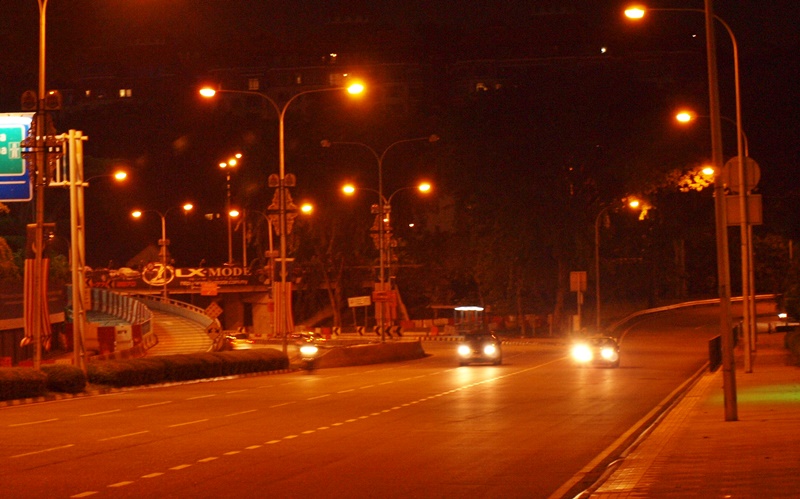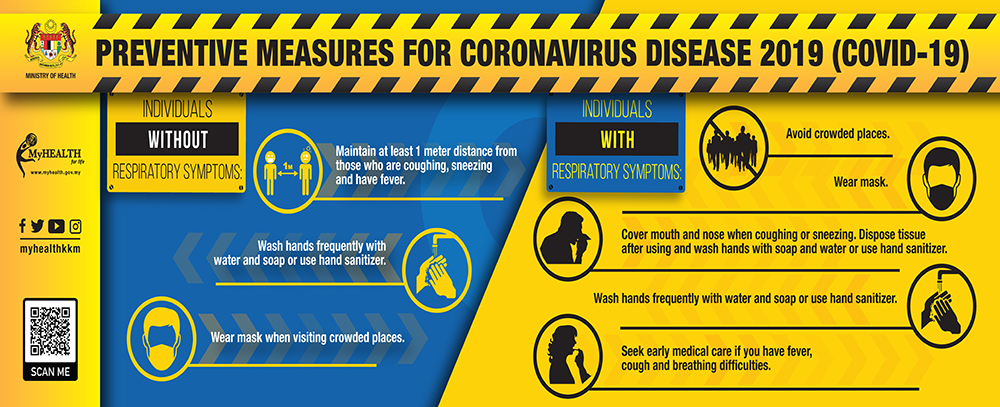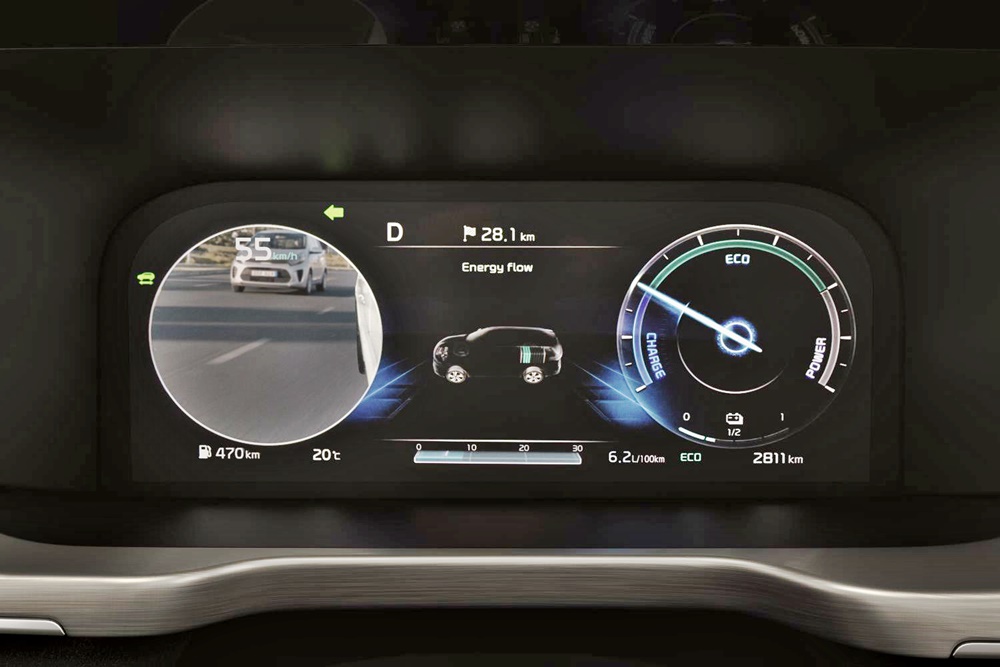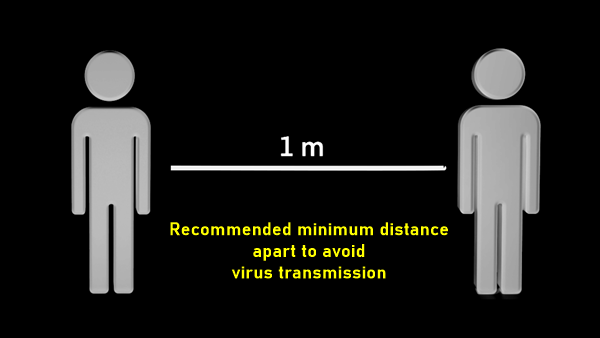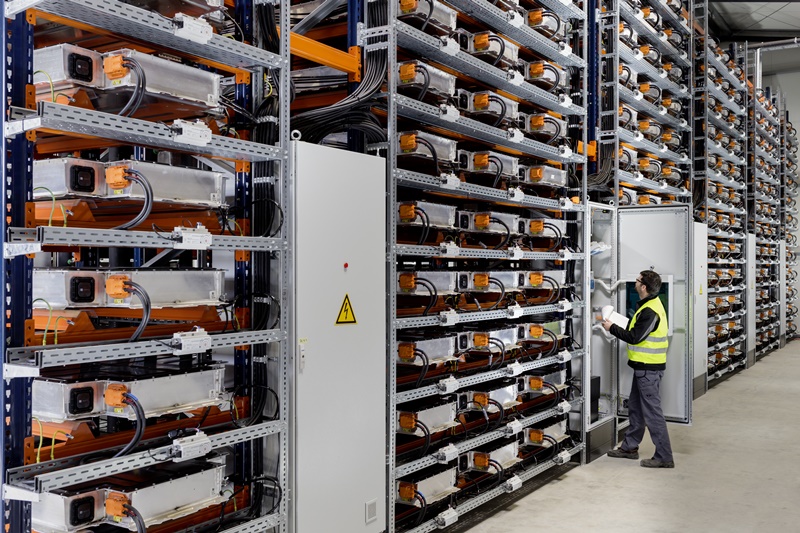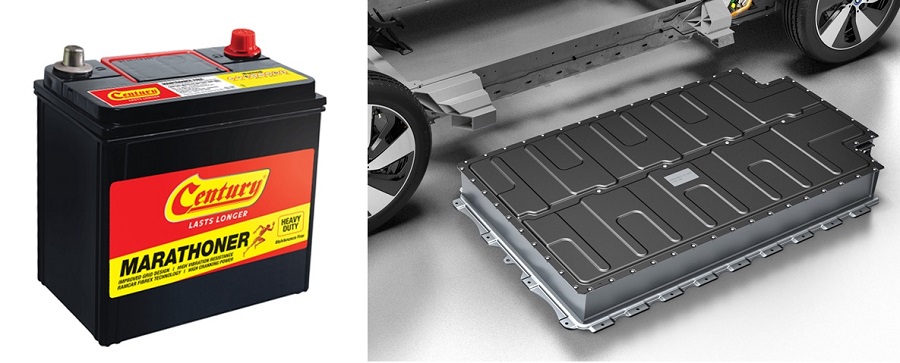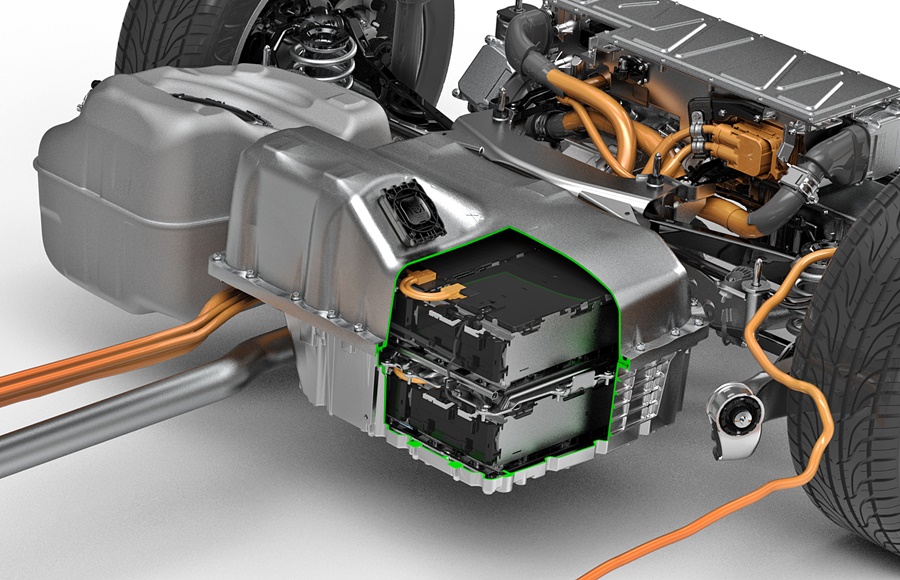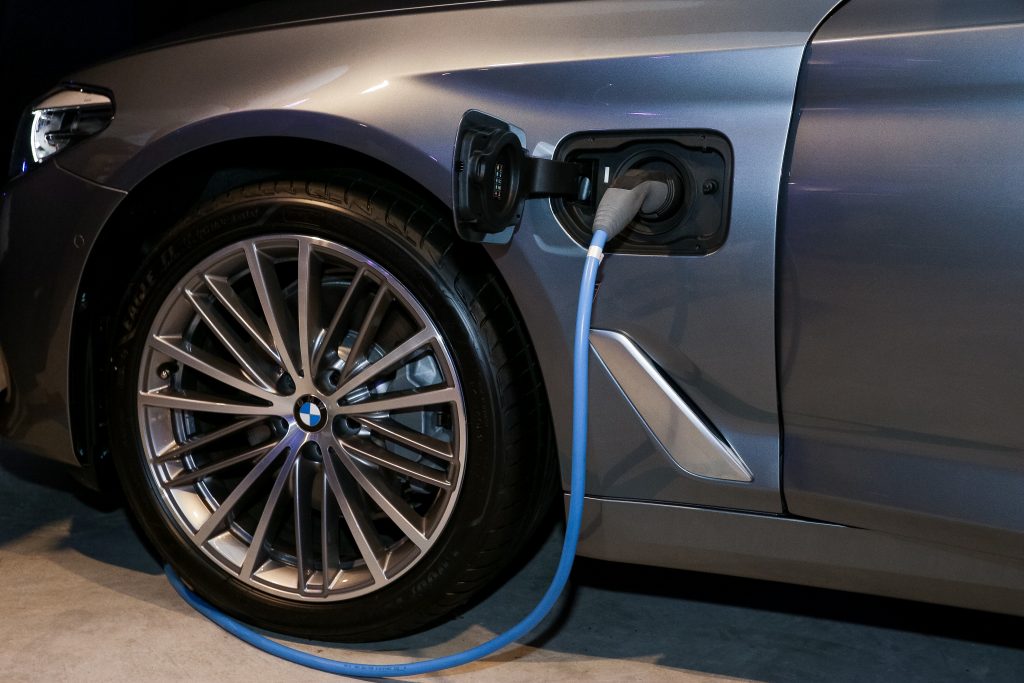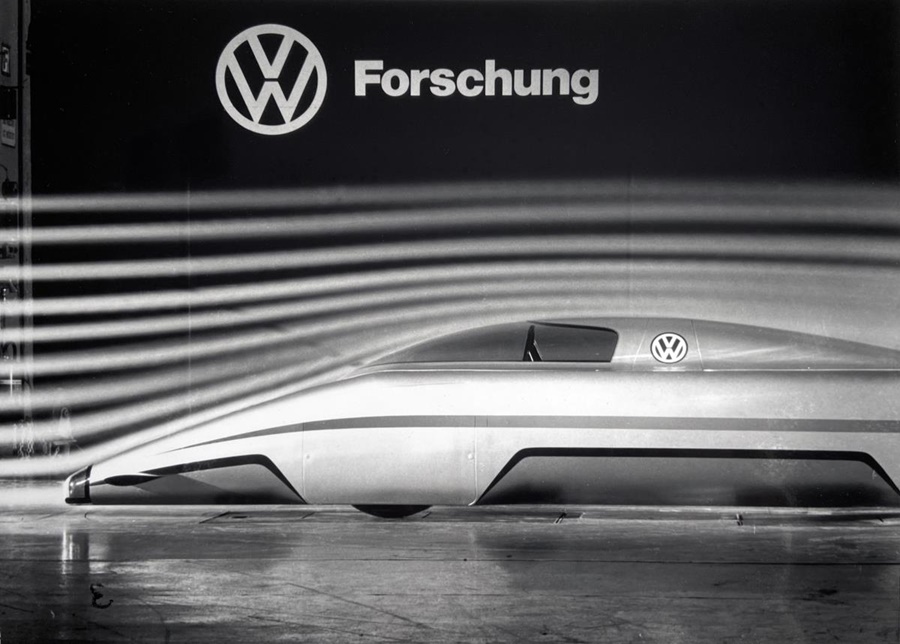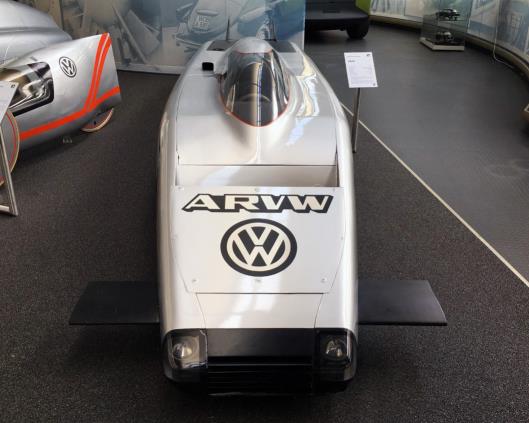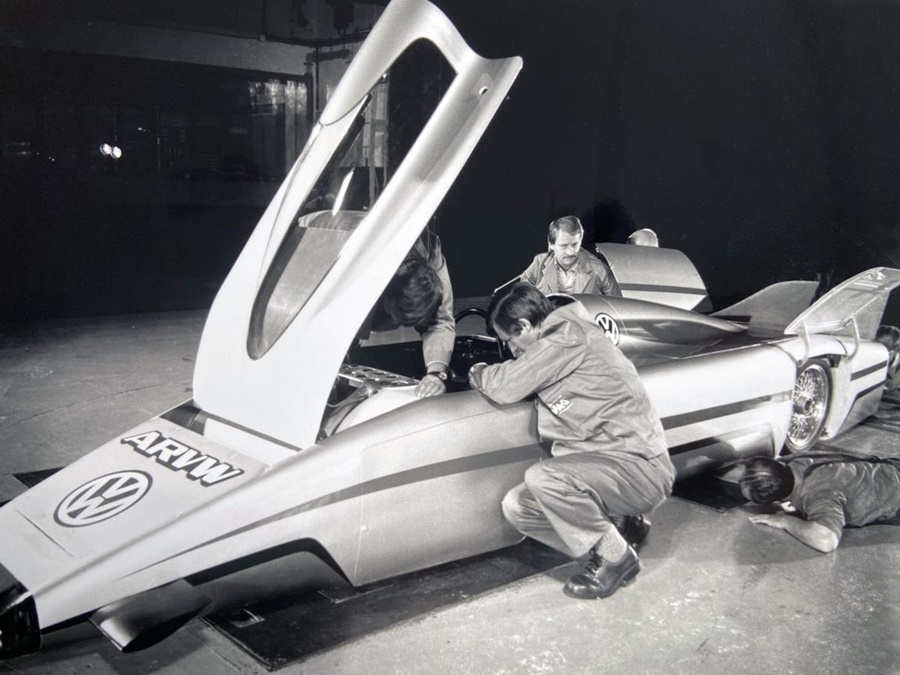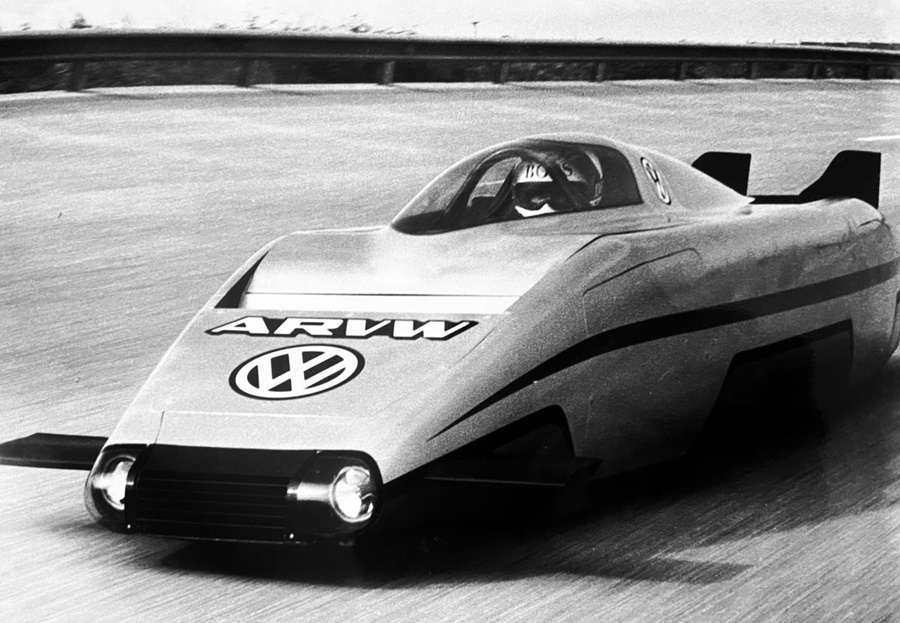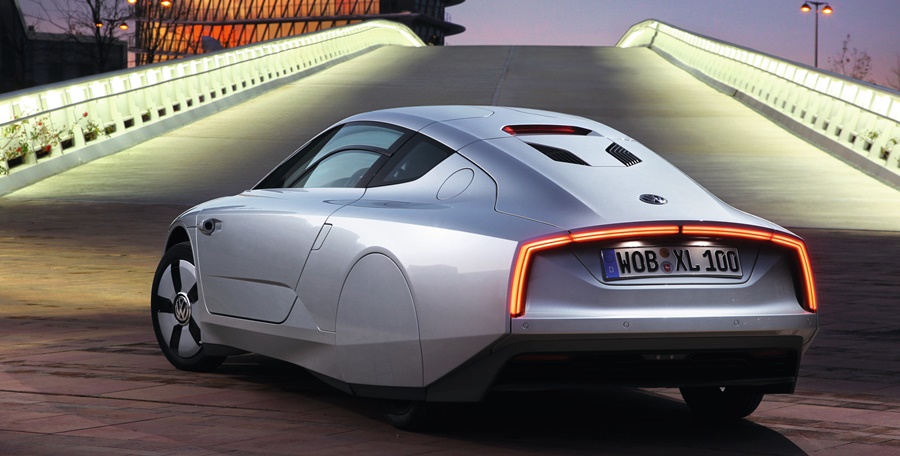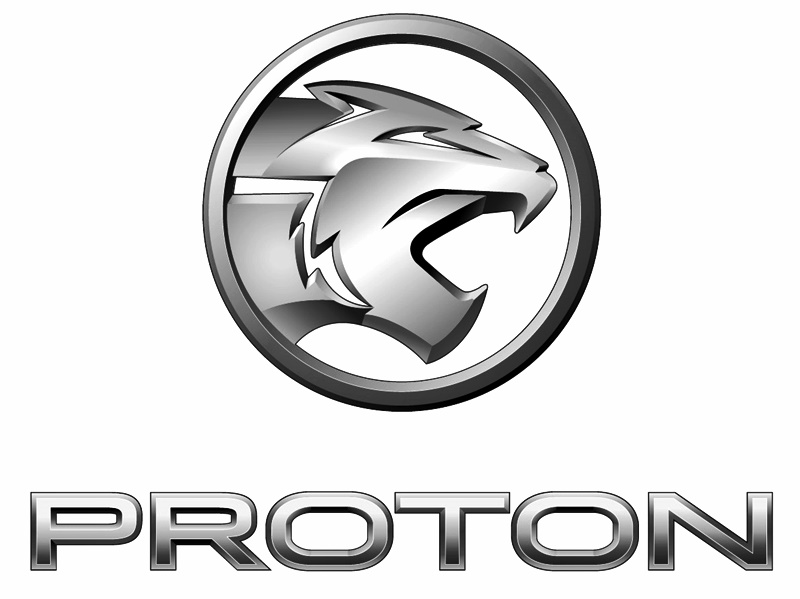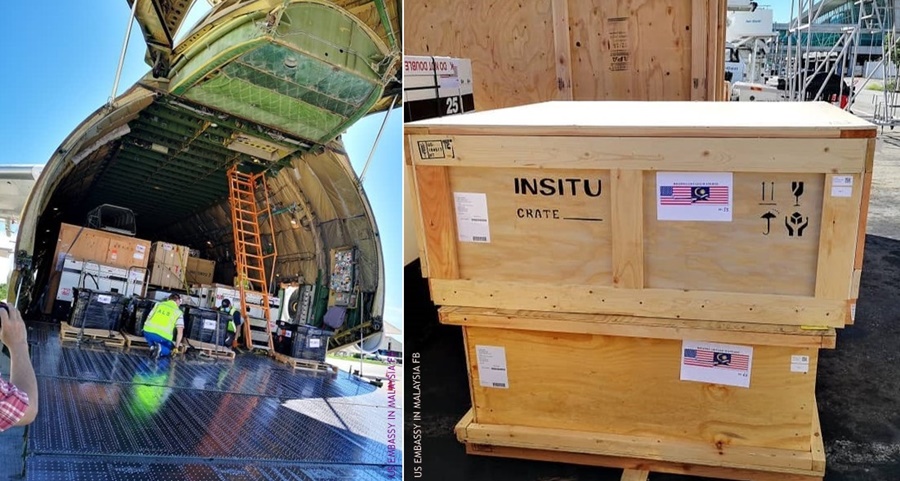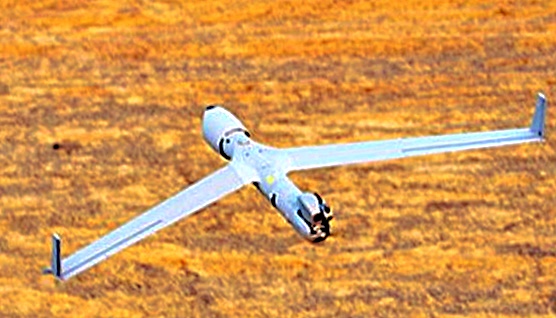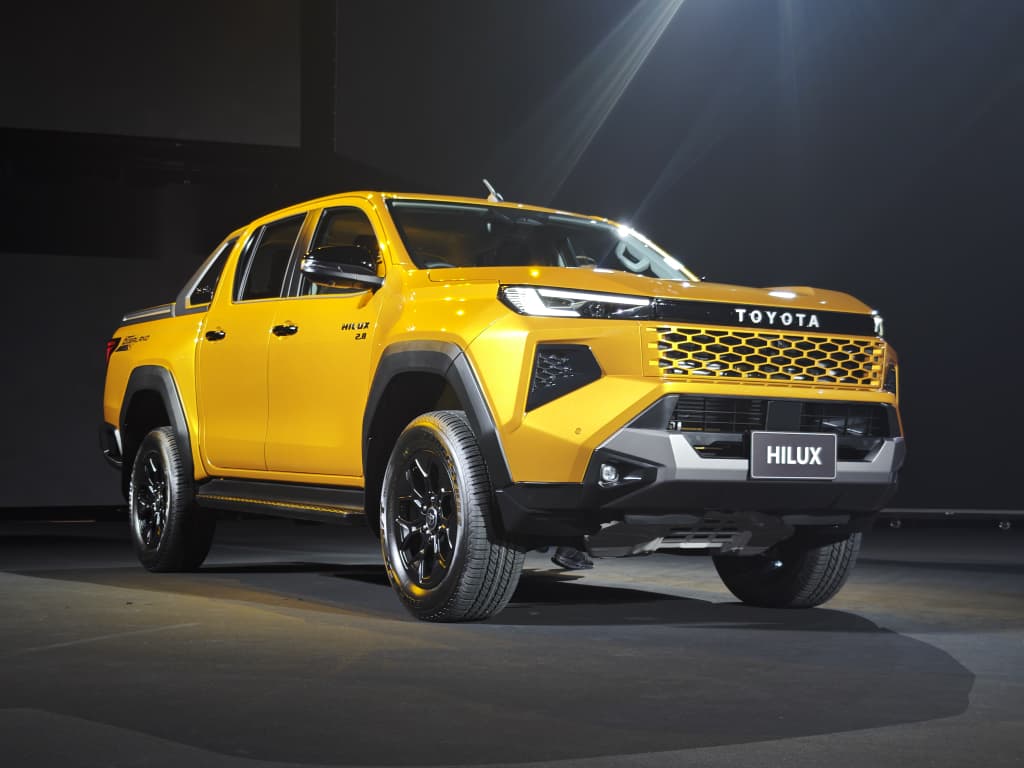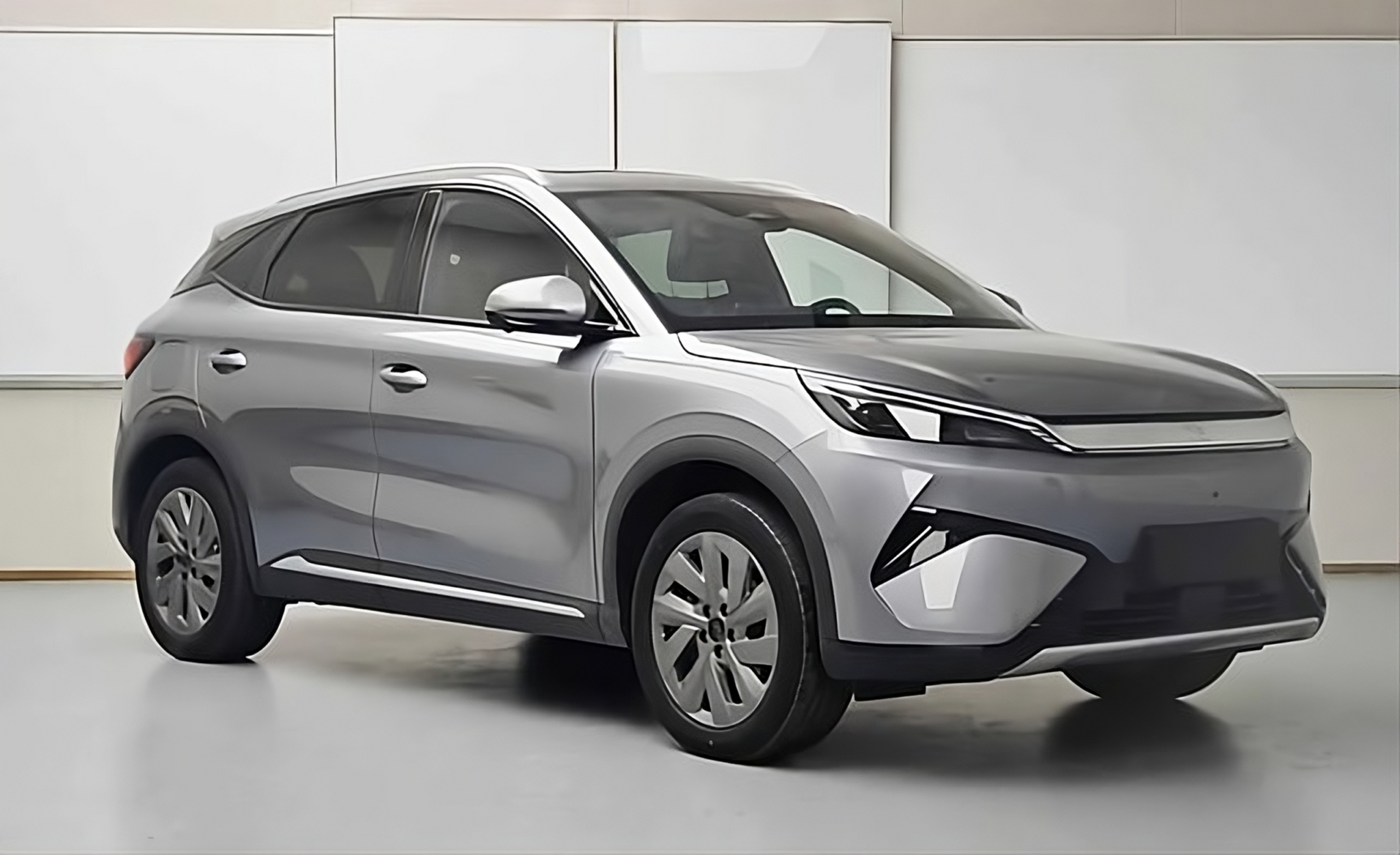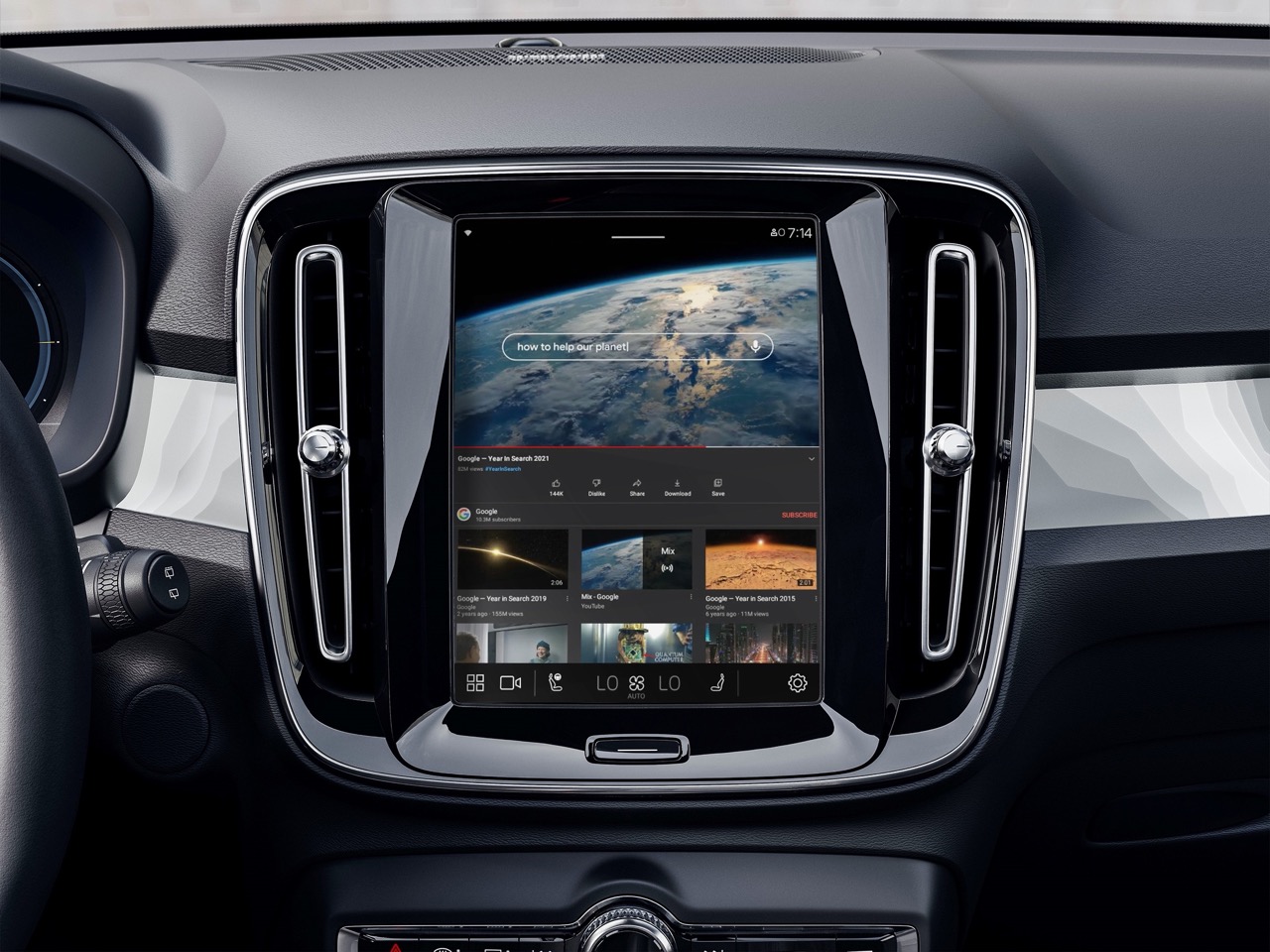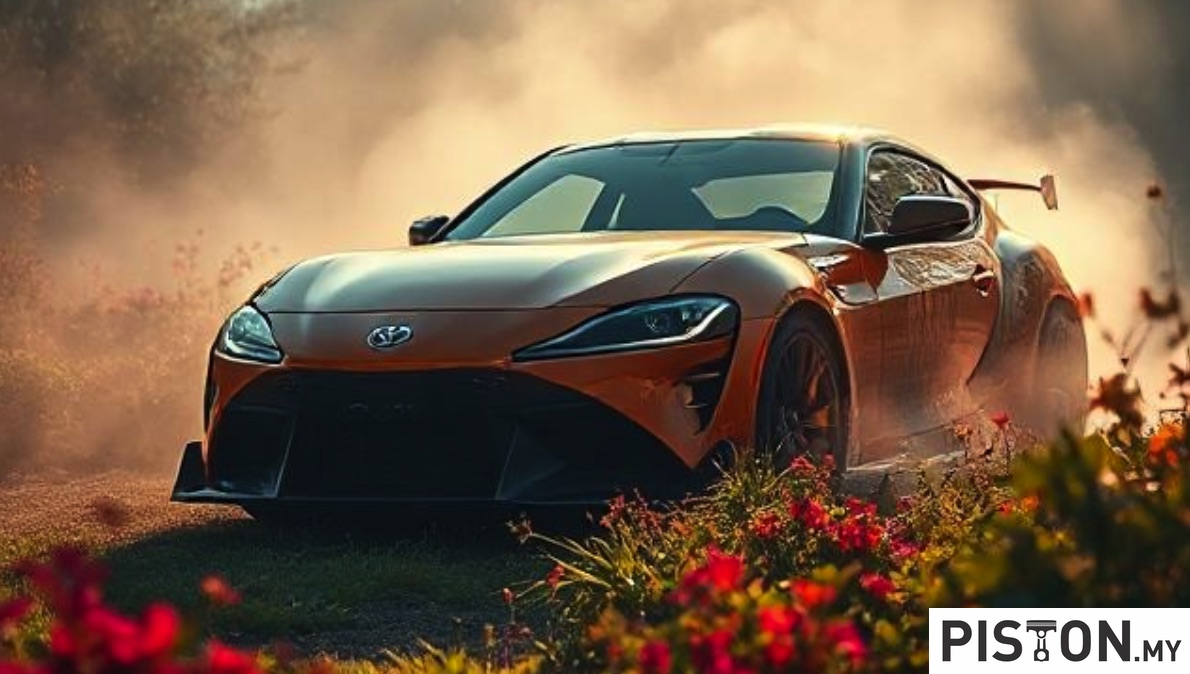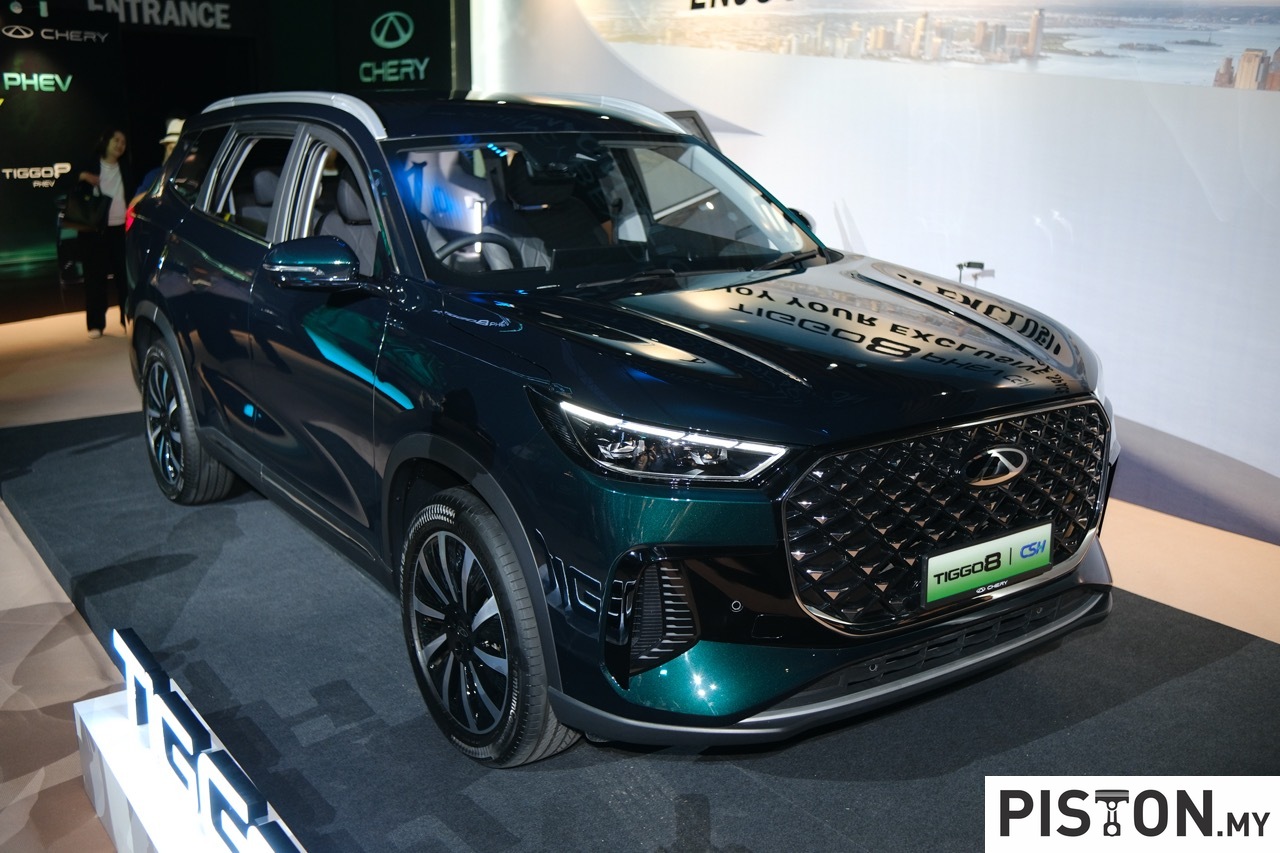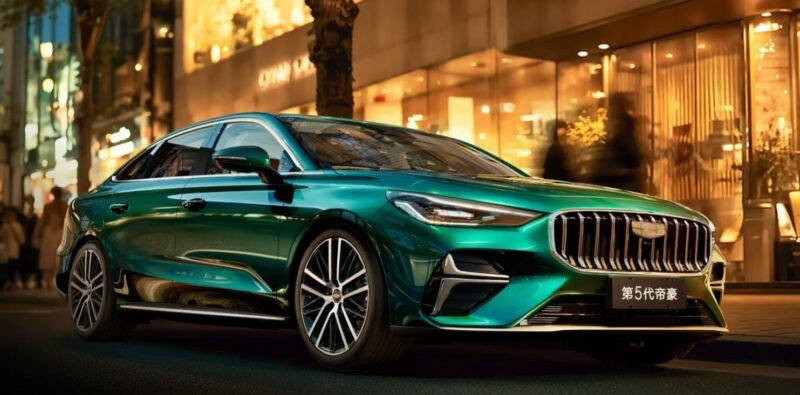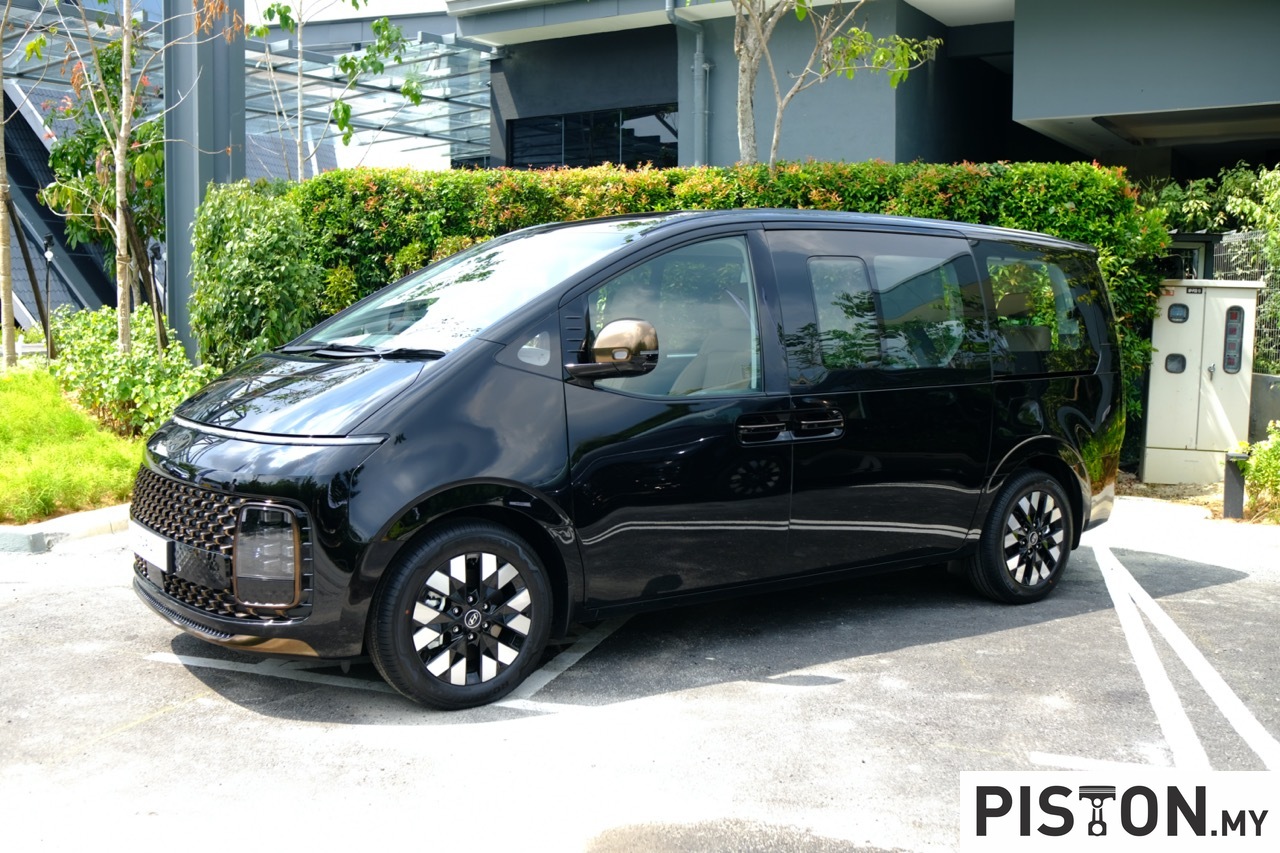Today is the final day of the special exercise under Gerak Malaysia which has allowed those stuck in other places during the Movement Control Order (MCO) to return to their homes. The MCO, now changed to Conditional Movement Control Order (CMCO), forbids interstate travel but a special one-time provision was made from May 7 to 10 to allow such travel.
Over 500,000 applications were received by the police via the Gerak Malaysia mobile app for approval to do interstate travel. Of this number, by the time the exercise started, there were 226,181 approvals given to motorists in all the states in Peninsular Malaysia. A schedule was prepared with travellers from different states designated specific days during the 4-day period.
Traffic flow has been smooth, and no incidents were reported. However, the police set up a number of roadblocks along the highways to conduct checks. The QR code that was sent to the applicants had to be shown to allow them to continue their journey.
No more interstate travel after midnight today
The interstate travel ends at midnight tonight for the last batch of travellers from Negeri Sembilan, Selangor and Terengganu. However, applications can still be made via the Gerak Malaysia app (or at police stations) for consideration in special cases (eg to attend a funeral) , including work reasons. The Prime Minister today also said that for married couples where the husband and wife are working in different states, permission can also be granted for travel.
However, unauthorised movements across state lines are not permitted and the usual balik kampung journey is not allowed. Nevertheless, things have been relaxed it was also announced today – along with the extension of the CMCO for another four weeks – that visits to homes during Hari Raya will be permitted as long as they are within the same state. Visitors should not number more than 20 at a time and practices such as social distancing (1 metre apart) and use of face masks are expected. Providing hand sanitizers for guests would also be a good idea although many people carry their own nowadays.
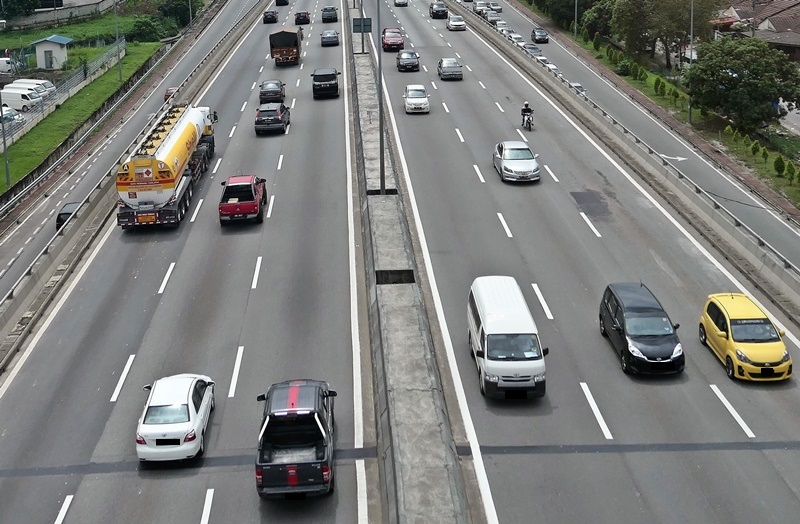
Gradual relaxation of regulations
The regulations under the CMCO have been gradually relaxed and with many businesses allowed to resume operations at full capacity, traffic volumes on the roads have increased. There is no longer a 10-km limit to travel distance except for areas under the Enhanced MCO where movement in or out is strictly not permitted.
Up to 4 persons are allowed to travel in a private vehicle provided they are from the same house. When the MCO was introduced originally, only one person was allowed in the vehicle. With the current ruling, it makes things easier for people, especially those who may require assistance from others when buying food or other things. It is also beneficial to couples who have been sharing a car to go to work; prior to this change, it was suggested that one person use public transport which incurred extra cost daily at a time when many face financial challenges.
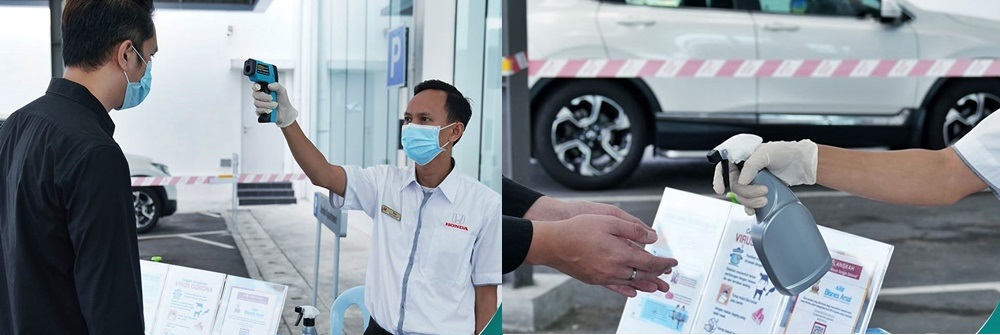
Car companies re-open outlets
Most car companies have received approval from MITI to resume operations and are progressively doing so. They are required to follow Standard Operating Procedures (SOPs) for the protection of their customers as well as staff so things will be different now. Some service centres report an influx of vehicles as they have been overdue for scheduled servicing. Owners are asked to call first to make an appointment and walk-ins will not be entertained. Measures such as social distancing and contactless transactions are carried out at public areas.
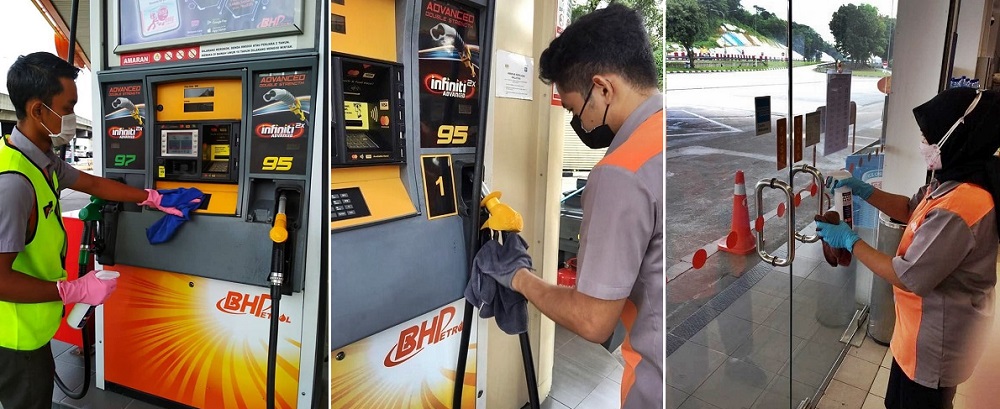
The extension of the CMCO until June 9, 2020 may be greeted with dismay by many. Understandably, everyone wants things to get back to normal and the end of the CMCO would signal that. Unfortunately, ‘normal’ is not going to be the same as before and even though the number of persons infected with COVID-19 may decrease, the threat remains and the public must continue to be on guard and be responsible enough to follow the measures recommended by the Health Ministry.



